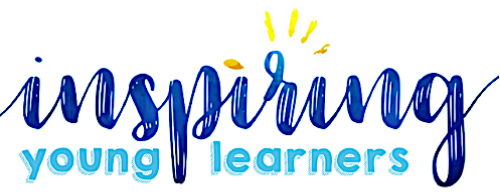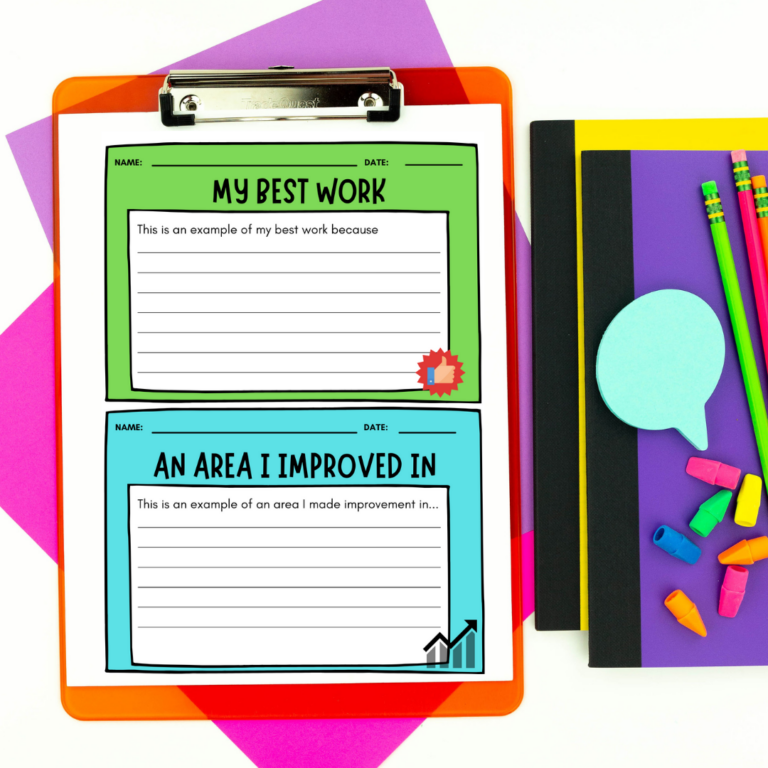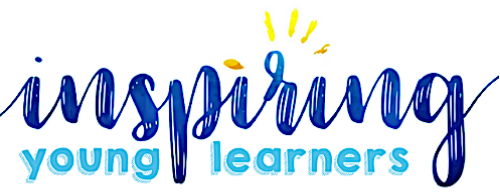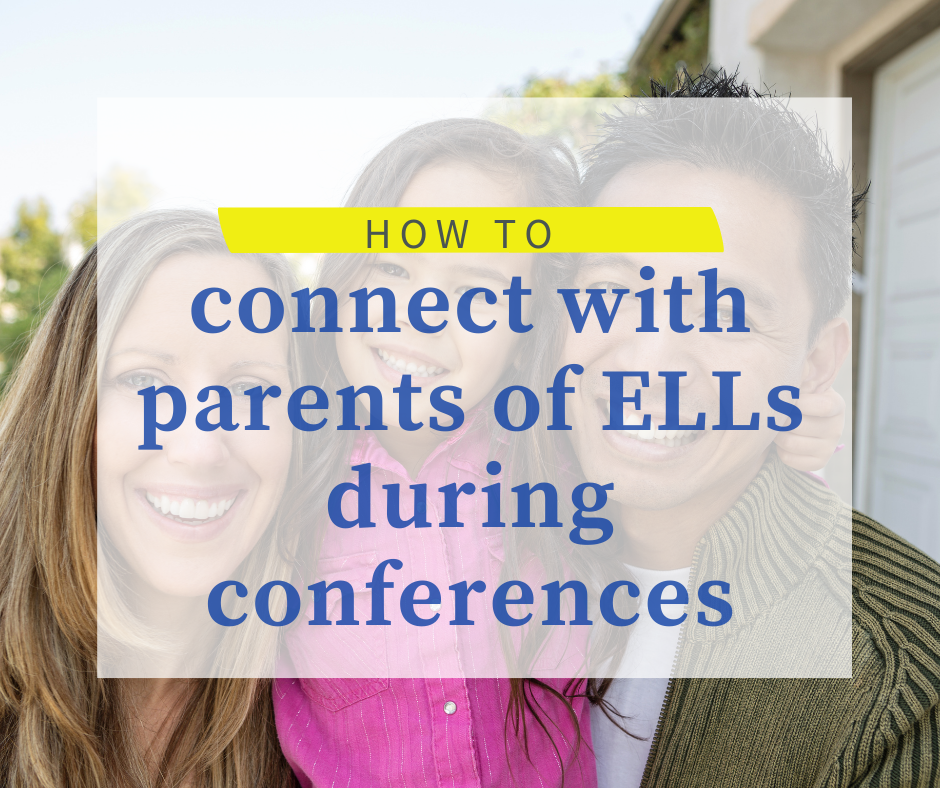How to Build Positive Connections with Parents During Conferences
I’ll never forget the time during my first year out of college as a paraprofessional when I had to translate for the 6th-grade teachers at parent-teacher conferences.
My Spanish wasn’t amazing, but I had a desire to help the teachers communicate with their students’ parents and vice versa.
So I dove in and let me tell you… I was not ready for this!
The teacher went right into how the student wasn’t working, did poor work, and could do better. I had to translate this to the parent as I watched the student sink down in his chair and his mom’s face tighten.
The conference ended quickly and awkwardly and in the end, even if these things were true about the student, the conversation did not create any positive relationship between him, the teacher, and his mom.
So how can we change that?
First, we have to shift how we see conferences. When I taught in the states, I saw it as most likely the one chance I would get to speak with the student’s parents in person so I wanted to make sure they understood the concerns and areas of weakness.
When I taught in Panama, all that shifted. I was no longer the main role of the conference, but the students were. Conferences all of a sudden became a beautiful display of student ownership, responsibility, and opportunities to build positive relationships with the parents.
Your role as an ESL teacher can be tricky during conferences, so here are 4 ways to better approach conferences and help build positive relationships between home and school.
1. Start by introducing yourself and your role with their child. Even if you have already met the parents, it can be very overwhelming for multilingual parents to remember who is who in the school. If you can, have a brief description of your role in their native language, or even a newsletter they can take with them on how to reach you if they have any questions.
2. Start off by showing great things their child has done. Be prepared with work to show their progress from the beginning of the year until now, or even a speaking sample from the beginning of the year until now. Conferences should be about providing parents with opportunities to be proud of their students.
3. Have students share themselves either in person or have them write a reflection and have them translate it before in their native language. You can incorporate a video as well of the students explaining a project and have them translate it into their native language so their parents can understand.
4. Set goals together during the conference. A positive home-school connection is so helpful, so use this time to take proactive, clear steps of how to work together to help their child. To make this go smoothly, brainstorm a few ways beforehand and translate them so that you can stay focused on a few small but powerful action steps. Steps for a multilingual family might be getting a library card and taking their kids to the library once a week. Creating a routine in the house to read for 20 minutes a night. Check that their homework is done each night and put in their bag.
Conferences should be honest about where the student is at, but also don’t miss out on the opportunities to see the best in your students and let the parents know the ways they are progressing.
Are you looking for a set of reflection pages to help your students provide input and feedback on their work? Just click the picture below to sign up and grab your set of Reflection Pages for ELLs.





One Comment
Agree 100%! Build the relationship, show the positives, set goals, and the rest will follow! Well said, Beth 🙂